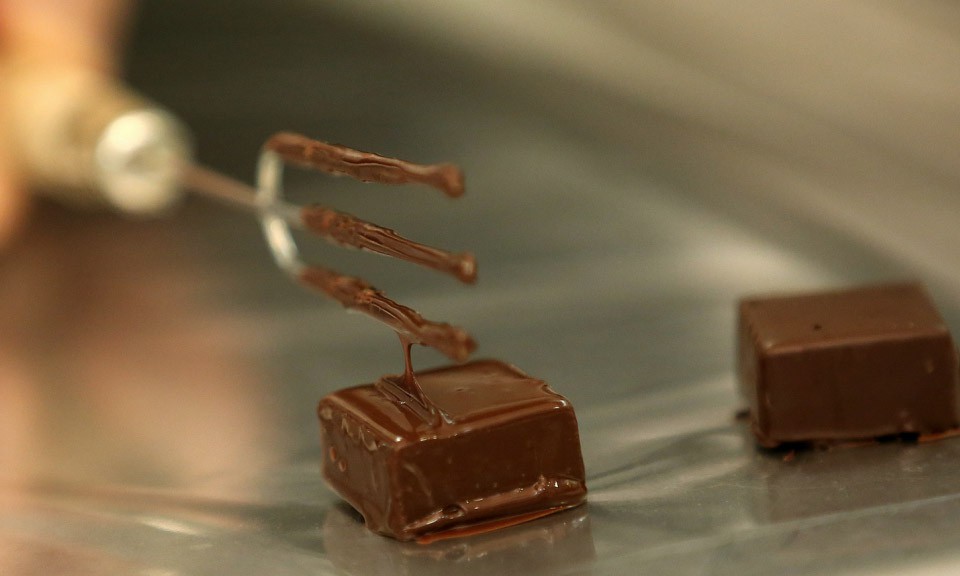The shapes of chocolate: powder, drink, spread…

Let’s get this straight. Nobody became good in anything in one week. When we started we had to figure out many thing that nobody told us before and after years and improvement we are still studying.
Sometimes we feel like we are totally ignorant, sometimes we get lost among all the things we could, we should, maybe we have to do. The lesson is: if you want to be better in tasting start today and never finish, but before study the subject of your investigation. This is another post dedicated to the types of chocolate you can find around. It may sounds obvious but it actually gives you the chance to recap and to go deeper into the knowledge of chocolate.
That said, to appreciate chocolate you only need to be curios: chocolate has so many different shapes and almost infinite combination, let’s try to highlight the main ones.
Cocoa powder
The true soul of cocoa, the very origin of it’s taste, smell and color. It’s everything but the fat cocoa butter part remaining from the beans. As we wrote the cocoa powder comes from roasted and finely ground cocoa beans.
Speaking about the color you should acknowledge that natural cocoa powder has a light brown color and a quite high pH level. And that’s why there is an alkalizations process to be involved during which the powder becomes less bitter, darker and more easy to solve in a liquid. The resulting pH values are considered good for food use.
Chocolate powder
You probably know this one better. This is what many of us used to love when we were kids. Component are cocoa powder, dried milk, emulsifiers, sometimes cereals and vitamins. Obviously sugar.
Cocoa or cacao?
Often times the terms cacao and cocoa are synonymous when referring to a powdered confectionary chocolate. However, the term cocoa can also refer to a combination of ingredients that represent a chocolate flavor, but also include sugar, dried milk, and/or other colorings or additives. To be rigorous “cacao” is made by cold-pressing unfrosted cocoa beans, the result is to separate cocoa butter and to keep the all nutritional value.
Spread
We are not going to mention the leading brand of this type of chocolate. No doubts the spreads are best sellers. Probably it all starts with the “ganache” normally made by dark chocolate and heavy cream mixed together with a specific procedure.
Chocolate spreads have a small percentage of cocoa (less than 10%) but very high quantities of sugar, oil and dried fruit, such as hazelnuts and emulsifier important to avoit a natural separation of the ingredients. Our suggestion is to check what kind of oil was used to make your chocolate spread as some of them are not so healthy and quite cheap quality.
Pralines
Or “chocolate candies”, or “deep”. We like the word pralines, as we do make great ones, it’s a french word standing for a caramel-covered almond or, sometimes, a hazelnut, cookie-size confection made especially of nuts mixed or covered with chocolate, coconut, maple sugar or syrup, etc. There are infinite ways to create them. During the last TerraMadre event we tried a chocolate praline made with a fine quality soy sauce… it was delicious!
We like, howvere, to make pralines that tell our place and the typical southern italian products.
Alcoholic drinks
Chocolate liqueurs can have up to 25° of alcohol but it really depends, there is no specific rule for that. They are made by cocoa beans maceration, or mixing chocolate with cream and sugar. There are recommended with a dessert.
Leave a comment